Is a Balanced Market on the Horizon?

If you’ve been following the housing market over the past few years, you’ve likely noticed that sellers have had the upper hand. But with inventory on the rise, could that dynamic be changing? Here's what you need to know.
What Is a Balanced Market?
A balanced market typically has a five-to-seven-month supply of homes for sale, where neither buyers nor sellers have a distinct advantage. In this scenario, prices tend to stabilize, and there’s a healthier selection of homes available. After years of a seller-dominated market, a more balanced environment would be a welcome change for those looking to move. But is that where we’re headed?
At the start of the year, the national housing market had a three-month supply of homes. This has since increased to four months. While that might not seem significant, it indicates the market is edging closer to balance, though it’s not quite there yet. It’s important to remember that this increase in inventory is not leading to an oversupply that could trigger a crash. Even with the recent growth, there’s still far from enough supply to cause that kind of disruption.
The graph below, based on data from the National Association of Realtors (NAR), shows where inventory has been in the past and where it stands today:

For now, it’s still a seller’s market—just not as intense as it has been in recent years. Mark Fleming, Chief Economist at First American, puts it this way:
“As housing supply grows more rapidly, affordability improves, and the strength of the seller’s market begins to diminish.”
What This Means for You and Your Move
Here’s how this shift could affect you and the market conditions you might encounter when you move. Lawrence Yun, Chief Economist at NAR, explains:
“Homes are staying on the market a bit longer, sellers are getting fewer offers, and more buyers are requesting home inspections and appraisals. Additionally, inventory is clearly increasing on a national level.”
The graphs below, using the latest data from NAR and Realtor.com, illustrate these changes:
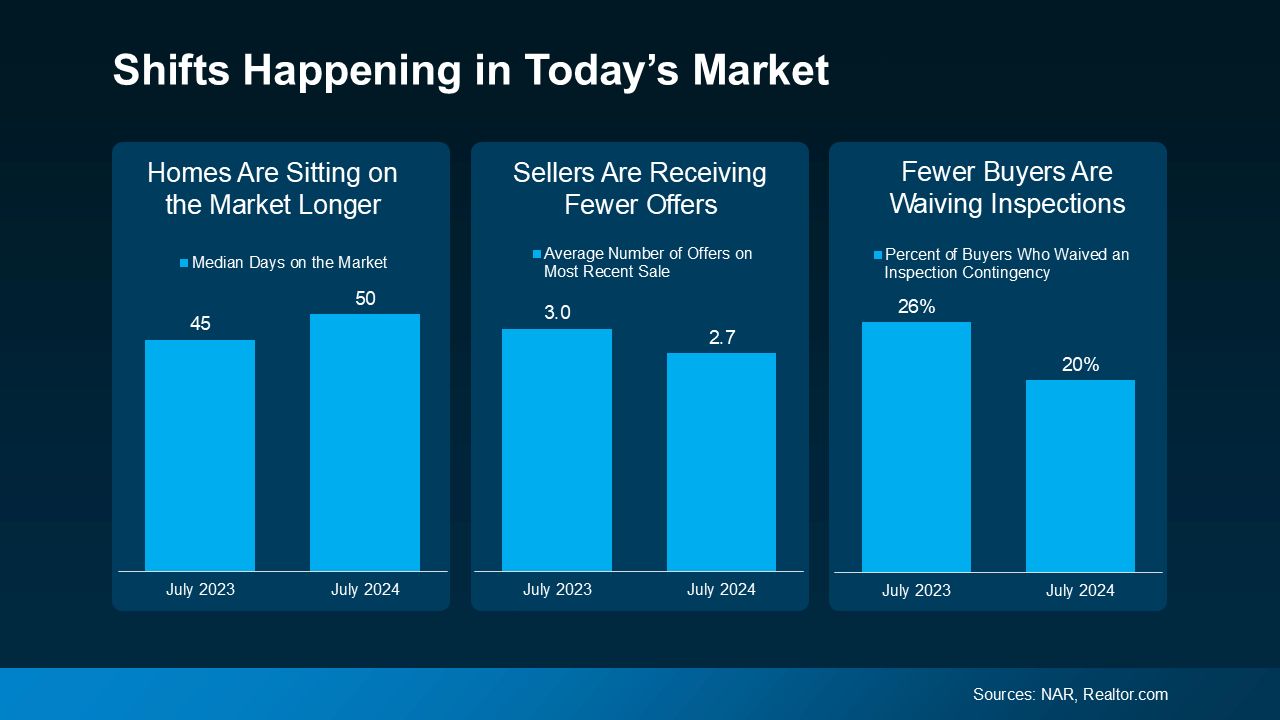
Homes Are Staying on the Market Longer: With more homes available, properties aren’t selling as quickly as before. For buyers, this means you might have more time to find the right home. For sellers, it’s crucial to price your house competitively if you want it to sell—otherwise, buyers may opt for better-priced alternatives.
Sellers Are Receiving Fewer Offers: As a seller, you may need to be more flexible and open to negotiating on price or terms to close the deal. For buyers, this could mean facing less intense competition, giving you more options to choose from.
Fewer Buyers Are Waiving Inspections: Buyers now have more negotiating power, leading to fewer waiving of inspections. For sellers, this means you should be prepared to negotiate and address any repair requests to keep the sale on track.
How a Real Estate Agent Can Help
Keep in mind that these trends reflect the national market, but conditions can vary significantly depending on local inventory levels. Rely on a local real estate agent for insights into how your specific area compares.
Whether you’re buying or selling, understanding these market changes gives you a crucial advantage. Your agent has the latest data and local expertise, ensuring you know exactly what’s happening and how to navigate it.
Bottom Line
The real estate market is constantly evolving, so staying informed is key. Whether you’re buying or selling, understanding the shift toward a more balanced market can help. If you have any questions or need expert guidance, don’t hesitate to reach out to a local real estate agent.
Categories
Recent Posts

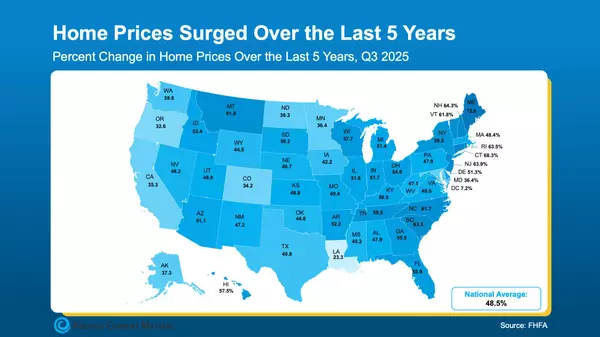
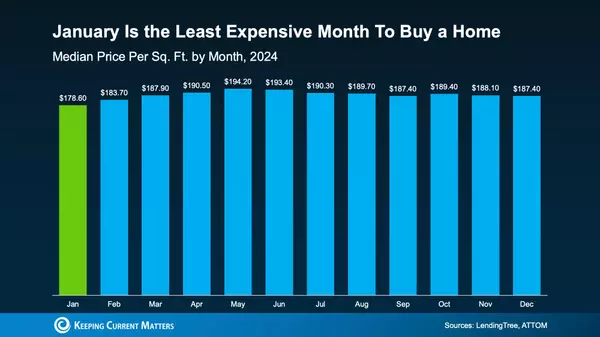
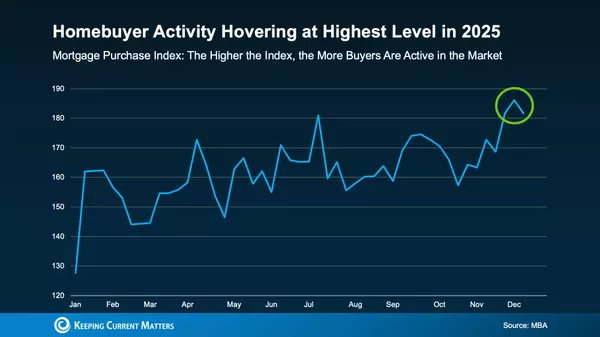
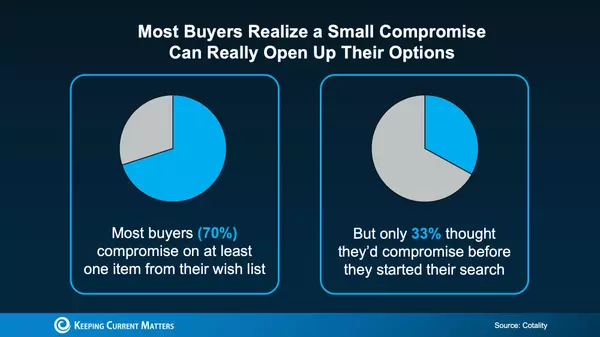
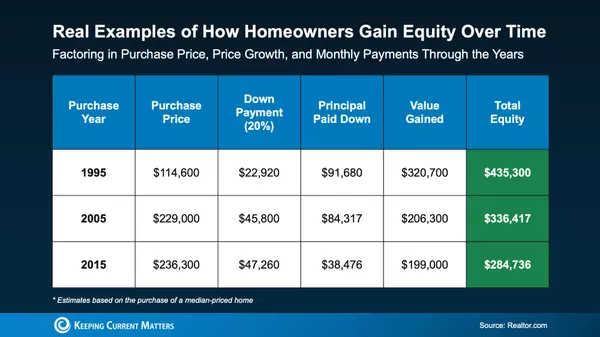
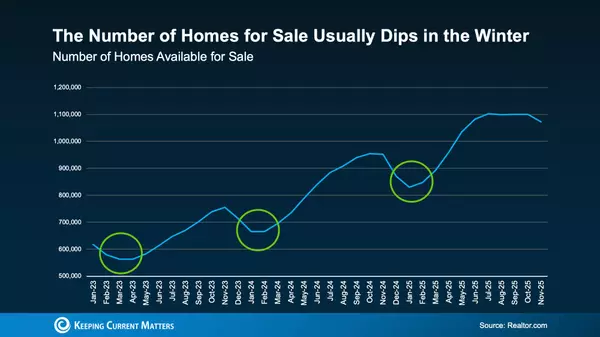
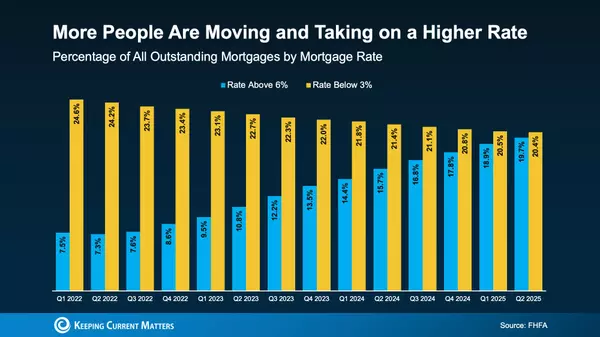
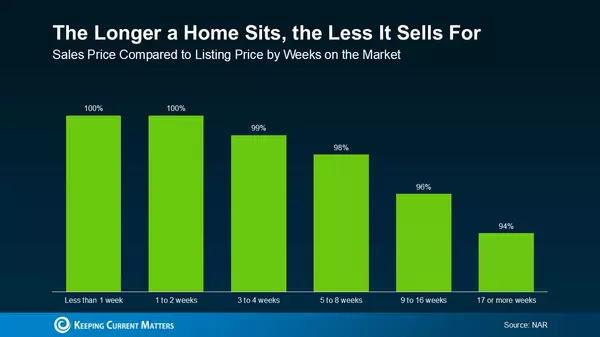

GET MORE INFORMATION


